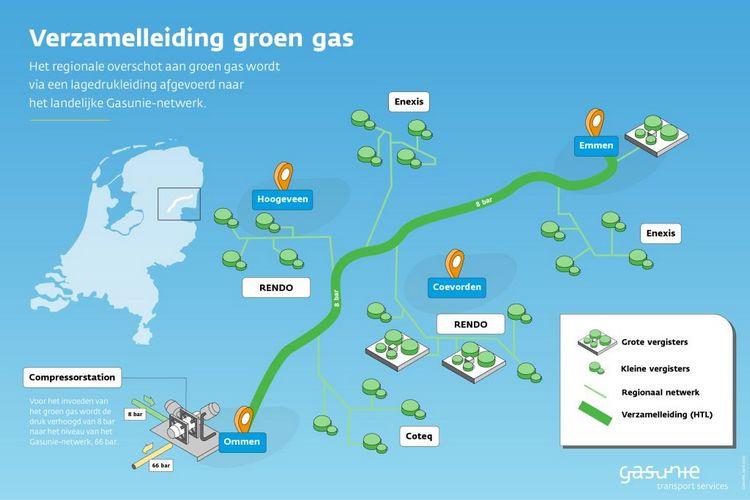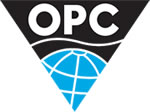
Gasunie recently took the decision to convert a 60-kilometer natural gas pipeline between Emmen and Ommen for the transport of regional green gas to the Gasunie network from the beginning of 2024. The conversion should prevent increasing congestion in the regional networks. The first green gas is expected to flow through by August 2025.
More and more green gas is being produced in the Netherlands. This fits in with the ambition from the Climate Agreement to produce two billion m3 (2 bcm) of green gas by 2030. This increasing volume is causing more and more congestion in the regional pipelines through which the various producers transport their green gas. With the decision to convert the natural gas pipeline from Emmen to Ommen into a transport pipeline for green gas, one central pipeline will be realized for the transport of green gas by producers in this region.
Technical modifications
Because an existing pipeline will be used for transport, the impact on the surrounding area is very small. Just a small number of modifications will be required at existing Gasunie valve locations and at connections to the regional grids.
Green gas in the Netherlands
Green gas is a renewable gas and CO2-neutral. Organic residues such as garden waste, sewage sludge, wood residues and manure are basic materials for green gas. This makes green gas - unlike natural gas (fossil) - CO2-neutral. There are many green gas producers in Northeast Netherlands. Interest in this is increasing. The ambition from the Climate Agreement is to produce two billion m3 (2 bcm) of green gas by 2030. Gasunie is working with other parties on ways to make green gas affordable and deliver it on a large scale. The realization of this new central pipeline to prevent congestion is a new impetus for this.

Source: Gasunie












